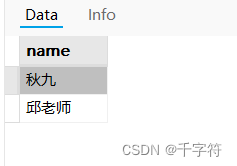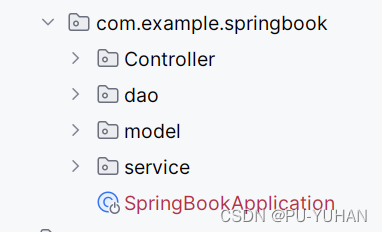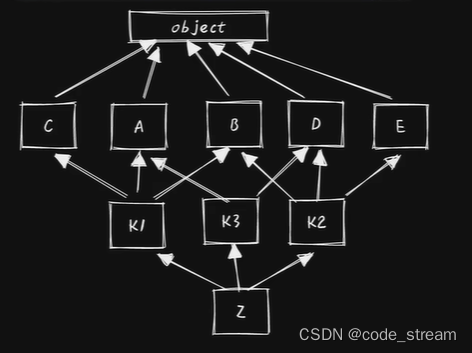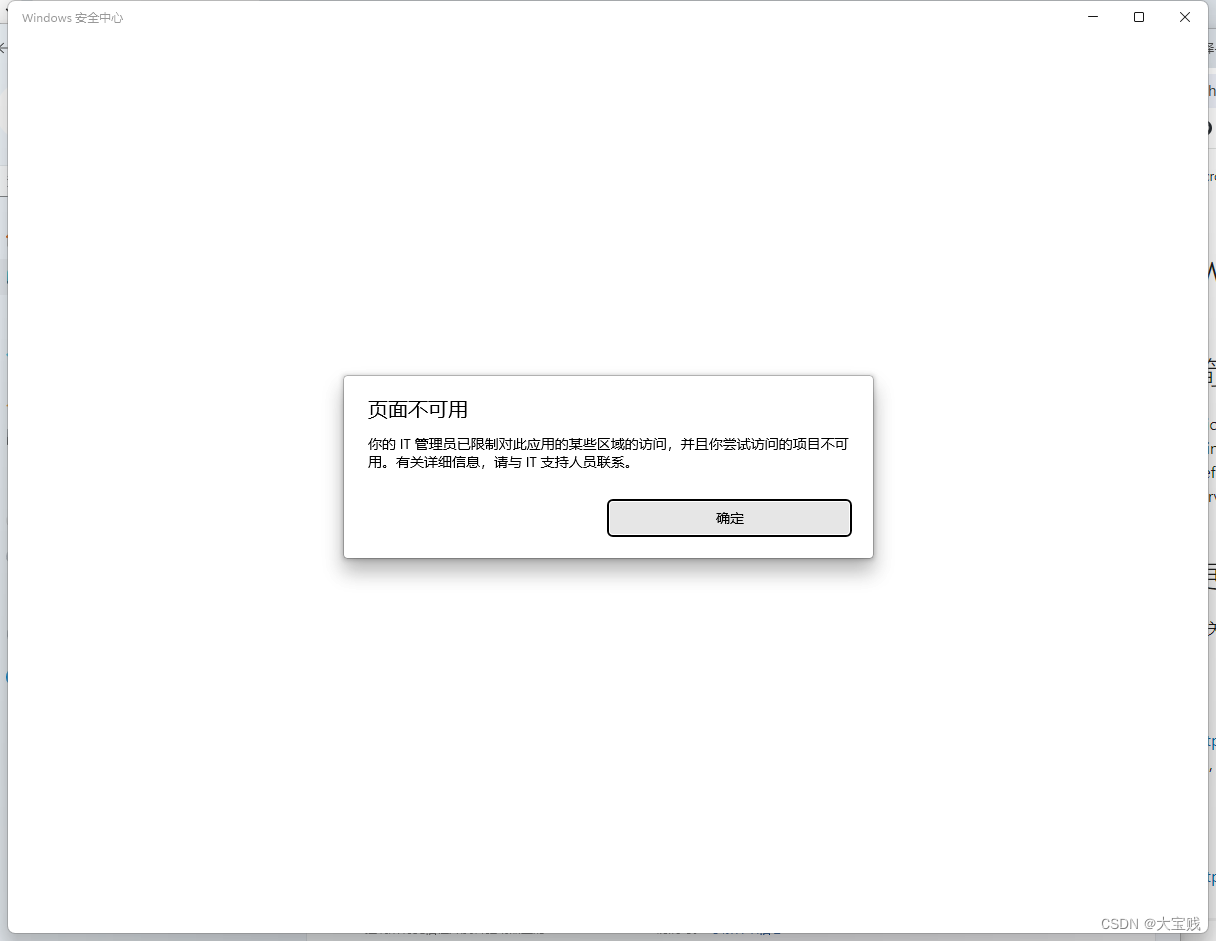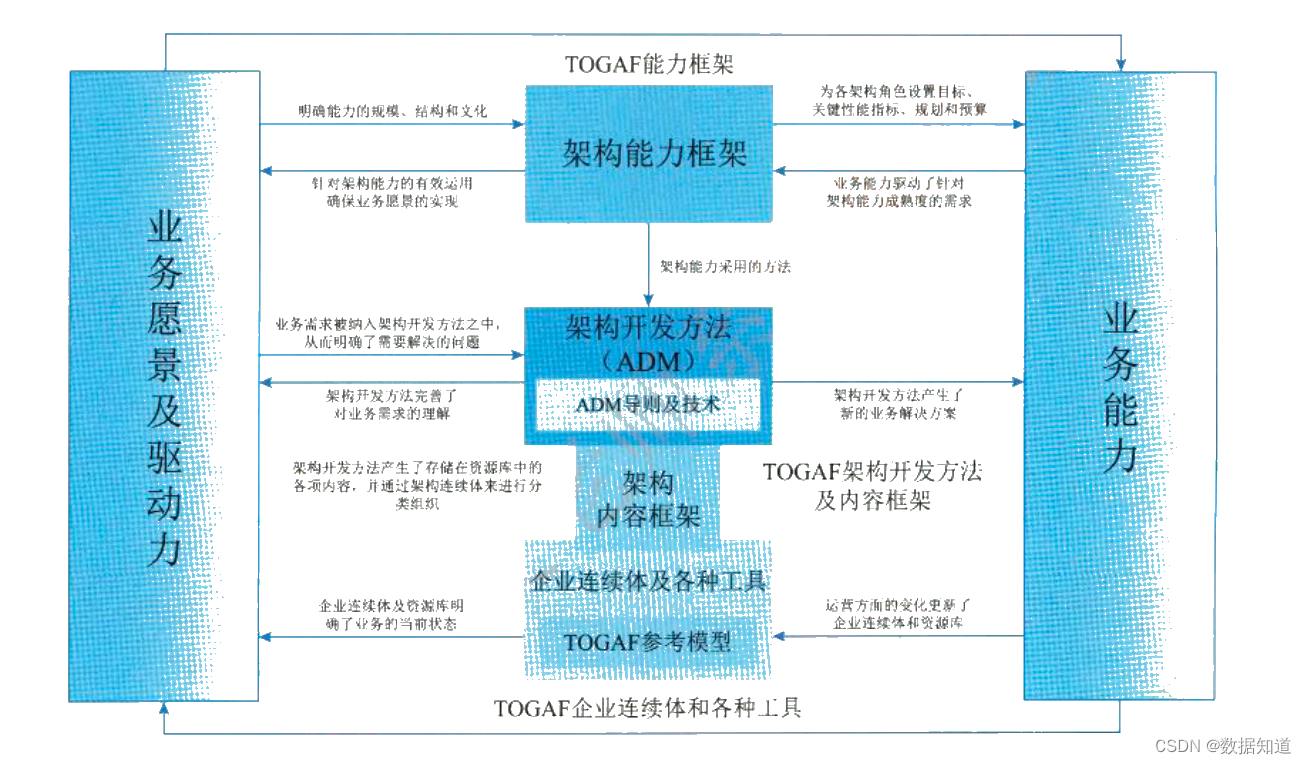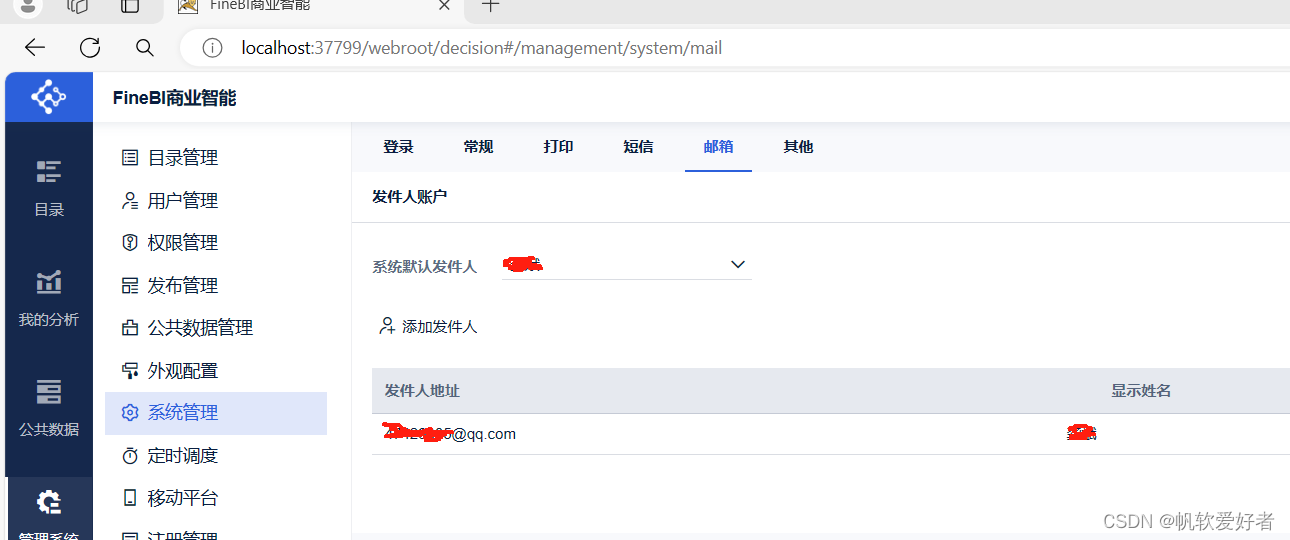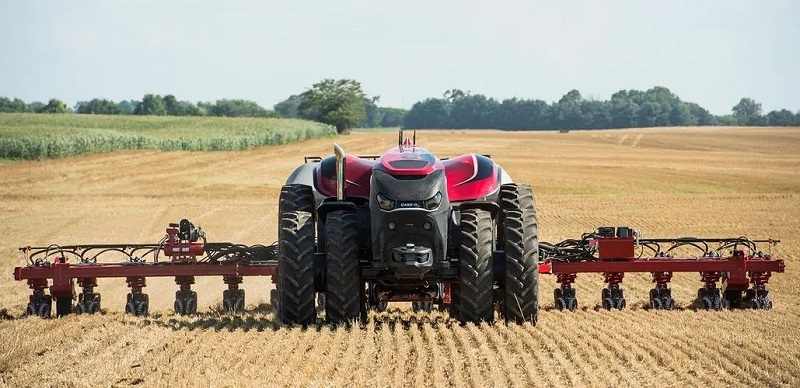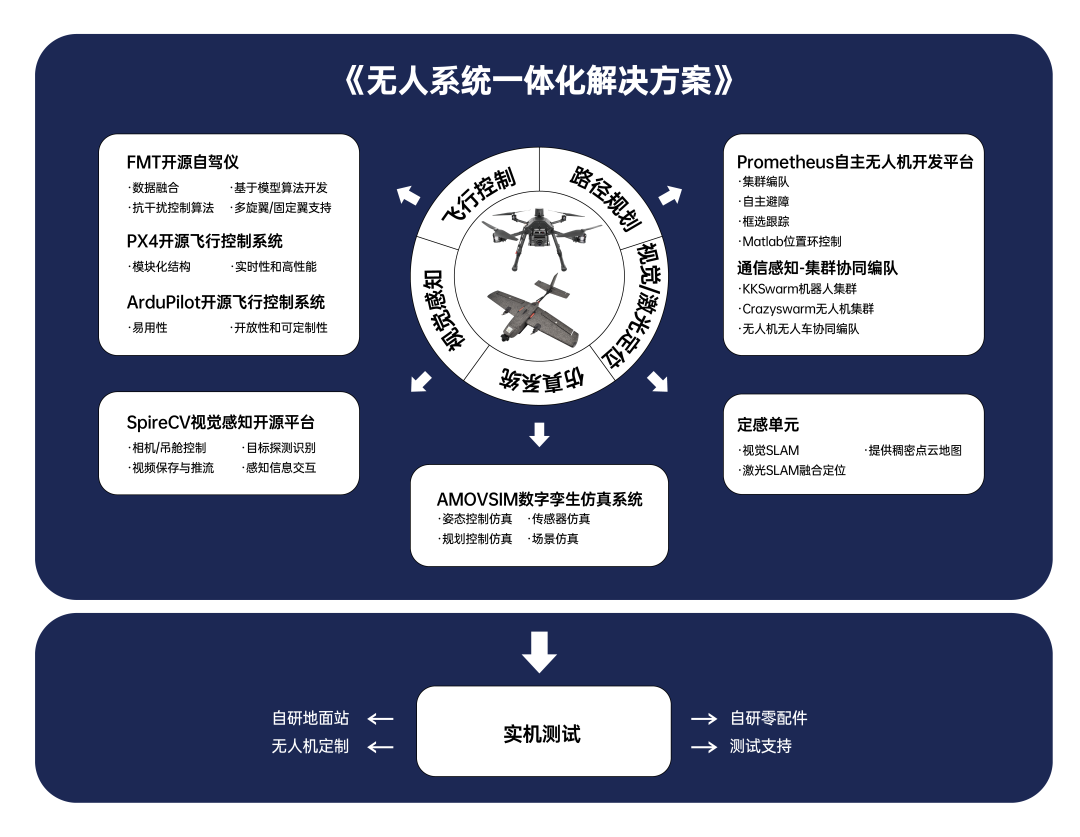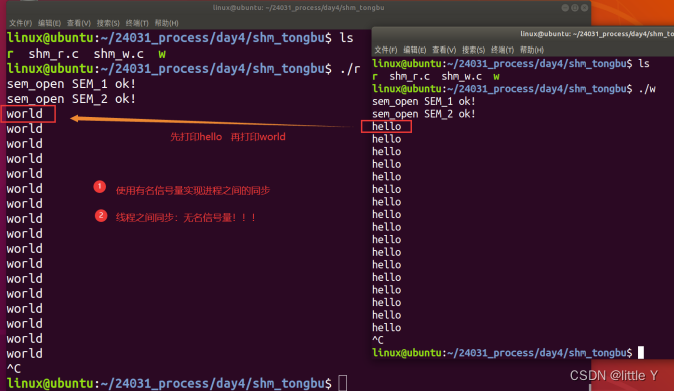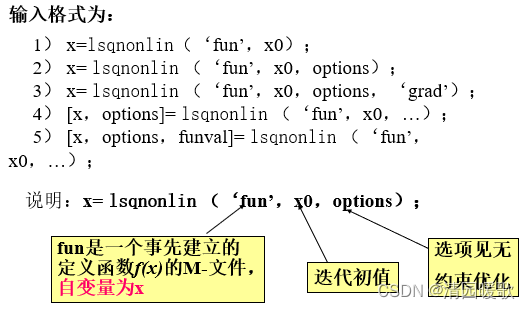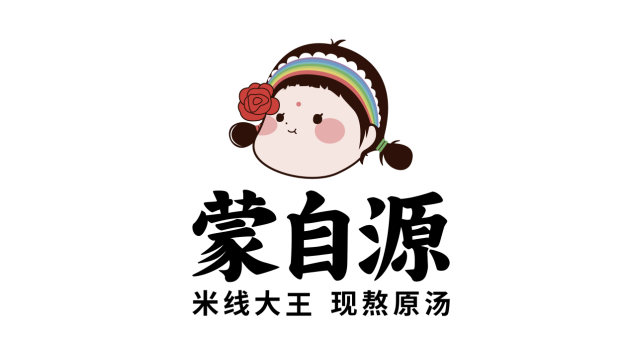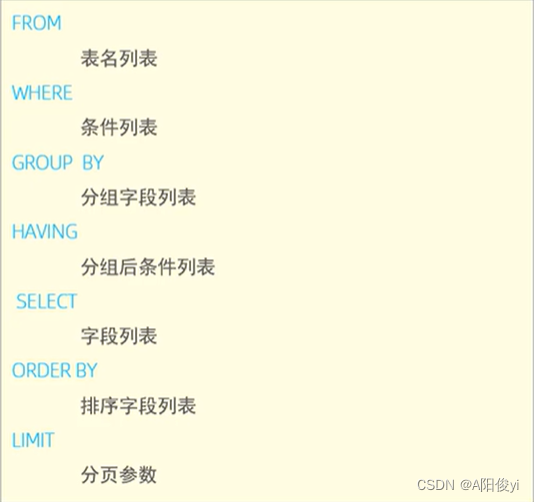观前提醒,本章主要内容为分析四足机器人步态实现和姿态控制,碰撞体积等程序
步态效果:

一、完整代码如下
# -*- coding: utf-8 -*-import pybullet as pimport timeimport numpy as npp.connect(p.GUI)p.createCollisionShape(p.GEOM_PLANE)p.createMultiBody(0,0)#Dog robot part shapessh_body = p.createCollisionShape(p.GEOM_BOX,halfExtents=[0.45, 0.08, 0.02])sh_extraweight = p.createCollisionShape(p.GEOM_BOX,halfExtents=[0.45, 0.08, 0.025])sh_roll = p.createCollisionShape(p.GEOM_BOX,halfExtents=[0.02, 0.02, 0.02])sh_hip = p.createCollisionShape(p.GEOM_BOX,halfExtents=[0.02, 0.02, 0.02])sh_knee = p.createCollisionShape(p.GEOM_BOX,halfExtents=[0.02, 0.02, 0.02])sh_foot = p.createCollisionShape(p.GEOM_SPHERE,radius=0.04)#The Dog robot is the body with other shapes linked to itbody_Mass = 1visualShapeId = -1link_Masses=[.1, .1, .1, .1, .1, .1, .1, .1, .1, .1, .1, .1, .1, .1, .1, .1, 20]linkCollisionShapeIndices=[sh_roll, sh_hip, sh_knee, sh_foot, sh_roll, sh_hip, sh_knee, sh_foot, sh_roll, sh_hip, sh_knee, sh_foot, sh_roll, sh_hip, sh_knee, sh_foot, sh_extraweight]nlnk=len(link_Masses)linkVisualShapeIndices=[-1]*nlnk #=[-1,-1,-1, ... , -1]#link positions wrt the link they are attached toxhipf=0.4xhipb=-0.4yhipl=0.1xoffh=0.05yoffh=0.05hu=0.3hl=0.3linkPositions=[[xhipf, yhipl, 0], [xoffh, yoffh, 0], [0, 0, -hu], [0, 0, -hl], [xhipf, -yhipl, 0], [xoffh, -yoffh, 0], [0, 0, -hu], [0, 0, -hl], [xhipb, yhipl, 0], [xoffh, yoffh, 0], [0, 0, -hu], [0, 0, -hl], [xhipb, -yhipl, 0], [xoffh, -yoffh, 0], [0, 0, -hu], [0, 0, -hl], [0,0,+0.029]]linkOrientations=[[0,0,0,1]]*nlnklinkInertialFramePositions=[[0,0,0]]*nlnk#Note the orientations are given in quaternions (4 params). There are function to convert of Euler angles and backlinkInertialFrameOrientations=[[0,0,0,1]]*nlnk#indices determine for each link which other link it is attached to# for example 3rd index = 2 means that the front left knee jjoint is attached to the front left hipindices=[0, 1, 2, 3, 0, 5, 6, 7, 0, 9,10,11, 0,13,14,15, 0]#Most joint are revolving. The prismatic joints are kept fixed for nowjointTypes=[p.JOINT_REVOLUTE, p.JOINT_REVOLUTE, p.JOINT_REVOLUTE, p.JOINT_PRISMATIC, p.JOINT_REVOLUTE, p.JOINT_REVOLUTE, p.JOINT_REVOLUTE, p.JOINT_PRISMATIC, p.JOINT_REVOLUTE, p.JOINT_REVOLUTE, p.JOINT_REVOLUTE, p.JOINT_PRISMATIC, p.JOINT_REVOLUTE, p.JOINT_REVOLUTE, p.JOINT_REVOLUTE, p.JOINT_PRISMATIC, p.JOINT_PRISMATIC]#revolution axis for each revolving jointaxis=[[1,0,0], [0,1,0], [0,1,0], [0,0,1], [1,0,0], [0,1,0], [0,1,0], [0,0,1], [1,0,0], [0,1,0], [0,1,0], [0,0,1], [1,0,0], [0,1,0], [0,1,0], [0,0,1], [0,0,1]]#Drop the body in the scene at the following body coordinatesbasePosition = [0,0,1]baseOrientation = [0,0,0,1]#Main function that creates the dogdog = p.createMultiBody(body_Mass,sh_body,visualShapeId,basePosition,baseOrientation, linkMasses=link_Masses, linkCollisionShapeIndices=linkCollisionShapeIndices, linkVisualShapeIndices=linkVisualShapeIndices, linkPositions=linkPositions, linkOrientations=linkOrientations, linkInertialFramePositions=linkInertialFramePositions, linkInertialFrameOrientations=linkInertialFrameOrientations, linkParentIndices=indices, linkJointTypes=jointTypes, linkJointAxis=axis) #Due to the weight the prismatic extraweight block needs to be motored upjoint=16p.setJointMotorControl2(dog,joint,p.POSITION_CONTROL,targetPosition=0.01,force=1000,maxVelocity=3)#Same for the prismatic feet spheresjoint=3p.setJointMotorControl2(dog,joint,p.POSITION_CONTROL,targetPosition=0.0,force=1000,maxVelocity=3)joint=7p.setJointMotorControl2(dog,joint,p.POSITION_CONTROL,targetPosition=0.0,force=1000,maxVelocity=3)joint=11p.setJointMotorControl2(dog,joint,p.POSITION_CONTROL,targetPosition=0.0,force=1000,maxVelocity=3)joint=15p.setJointMotorControl2(dog,joint,p.POSITION_CONTROL,targetPosition=0.0,force=1000,maxVelocity=3)#Add earth like gravityp.setGravity(0,0,-9.81)p.setRealTimeSimulation(1)#Point the camera at the robot at the desired angle and distancep.resetDebugVisualizerCamera( cameraDistance=1.5, cameraYaw=-30, cameraPitch=-30, cameraTargetPosition=[0.0, 0.0, 0.25])if (0): t0=time.time() t=time.time() while ((t-t0)<10): t=time.time() p.disconnect() brake#Scenery e.g. an inclined boxboxHalfLength = 2.5boxHalfWidth = 2.5boxHalfHeight = 0.2sh_colBox = p.createCollisionShape(p.GEOM_BOX,halfExtents=[boxHalfLength,boxHalfWidth,boxHalfHeight])mass = 1block=p.createMultiBody(baseMass=0,baseCollisionShapeIndex = sh_colBox, basePosition = [-2,0,-0.1],baseOrientation=[0.0,0.1,0.0,1])#Add extra lateral friction to the feet spheresp.changeDynamics(dog,3,lateralFriction=2)p.changeDynamics(dog,7,lateralFriction=2)p.changeDynamics(dog,11,lateralFriction=2)p.changeDynamics(dog,15,lateralFriction=2)#Function to calculate roll, hip and knee angles from the x,y,z coords of the foot wrt the hip.def xyztoang(x,y,z,yoffh,hu,hl): dyz=np.sqrt(y**2+z**2) lyz=np.sqrt(dyz**2-yoffh**2) gamma_yz=-np.arctan(y/z) gamma_h_offset=-np.arctan(-yoffh/lyz) gamma=gamma_yz-gamma_h_offset lxzp=np.sqrt(lyz**2+x**2) n=(lxzp**2-hl**2-hu**2)/(2*hu) beta=-np.arccos(n/hl) alfa_xzp=-np.arctan(x/lyz) alfa_off=np.arccos((hu+n)/lxzp) alfa=alfa_xzp+alfa_off if any( np.isnan([gamma,alfa,beta])): print(x,y,z,yoffh,hu,hl) return [gamma,alfa,beta]def setlegsxyz(xvec,yvec,zvec,vvec): #[a1,a2]=xztoang(xvec[0],zvec[0],1,1) a=xyztoang(xvec[0]-xhipf,yvec[0]-yhipl,zvec[0],yoffh,hu,hl) #(x,y,z,yoffh,hu,hl) spd=1 #any(np.isnan(a)) joint=0 p.setJointMotorControl2(dog,joint,p.POSITION_CONTROL,targetPosition=a[0],force=1000,maxVelocity=spd) joint=1 p.setJointMotorControl2(dog,joint,p.POSITION_CONTROL,targetPosition=a[1],force=1000,maxVelocity=vvec[0]) joint=2 p.setJointMotorControl2(dog,joint,p.POSITION_CONTROL,targetPosition=a[2],force=1000,maxVelocity=vvec[0]) a=xyztoang(xvec[1]-xhipf,yvec[1]+yhipl,zvec[1],-yoffh,hu,hl) #(x,y,z,yoffh,hu,hl) spd=1.0 joint=4 p.setJointMotorControl2(dog,joint,p.POSITION_CONTROL,targetPosition=a[0],force=1000,maxVelocity=spd) joint=5 p.setJointMotorControl2(dog,joint,p.POSITION_CONTROL,targetPosition=a[1],force=1000,maxVelocity=vvec[1]) joint=6 p.setJointMotorControl2(dog,joint,p.POSITION_CONTROL,targetPosition=a[2],force=1000,maxVelocity=vvec[1]) a=xyztoang(xvec[2]-xhipb,yvec[2]-yhipl,zvec[2],yoffh,hu,hl) #(x,y,z,yoffh,hu,hl) spd=1.0 joint=8 p.setJointMotorControl2(dog,joint,p.POSITION_CONTROL,targetPosition=a[0],force=1000,maxVelocity=spd) joint=9 p.setJointMotorControl2(dog,joint,p.POSITION_CONTROL,targetPosition=a[1],force=1000,maxVelocity=vvec[2]) joint=10 p.setJointMotorControl2(dog,joint,p.POSITION_CONTROL,targetPosition=a[2],force=1000,maxVelocity=vvec[2]) a=xyztoang(xvec[3]-xhipb,yvec[3]+yhipl,zvec[3],-yoffh,hu,hl) #(x,y,z,yoffh,hu,hl) spd=1.0 joint=12 p.setJointMotorControl2(dog,joint,p.POSITION_CONTROL,targetPosition=a[0],force=1000,maxVelocity=spd) joint=13 p.setJointMotorControl2(dog,joint,p.POSITION_CONTROL,targetPosition=a[1],force=1000,maxVelocity=vvec[3]) joint=14 p.setJointMotorControl2(dog,joint,p.POSITION_CONTROL,targetPosition=a[2],force=1000,maxVelocity=vvec[3])#Pre-init robot positionsetlegsxyz([xhipf,xhipf,xhipb,xhipb],[yhipl+0.1,-yhipl-0.1,yhipl+0.1,-yhipl-0.1],[-0.5,-0.5,-0.5,-0.5],[1,1,1,1])t0=time.time()t=time.time()while ((t-t0)<4): t=time.time()#Rotation matrix for yaw only between robot-frame and world-framedef RotYawr(yawr): Rhor=np.array([[np.cos(yawr),-np.sin(yawr),0], [np.sin(yawr),np.cos(yawr),0], [0,0,1]]) return Rhor#Init robot position, orientation and pose params# O means in world-centered coordinates# R means in robot-centered coordinates# r is for "of the robot"# i is initialyawri=1.3xrOi=np.array([1,1,0.5])legsRi=np.array([[xhipf,xhipf,xhipb,xhipb], [yhipl+0.1,-yhipl-0.1,yhipl+0.1,-yhipl-0.1], [-0.5,-0.5,-0.5,-0.5]])#Set body to the robot posxbOi=xrOi#Init body position and orientationquat=p.getQuaternionFromEuler([0,0,yawri])p.resetBasePositionAndOrientation(dog,xbOi,quat)#Init leg abs posRyawri=RotYawr(yawri)legsO=(np.dot(Ryawri,legsRi).T + xbOi).T #Apply rotation plus translation#Set the non-initial variables and matrixyawr=yawrixrO=xrOixbO=xrORyawr=RotYawr(yawri)#Recalc leg rel pos in robot frame and set the legsdlegsO=(legsO.T-xbO).TdlegsR=np.dot(Ryawr.T,dlegsO)setlegsxyz(dlegsR[0],dlegsR[1],dlegsR[2],[1,1,1,1])#Calculate a new robot center position from the average of the feet positions#Calculate a new robot yaw ditrection also from the feet positionsxfO=(legsO[:,0]+legsO[:,1])/2.0xbO=(legsO[:,2]+legsO[:,3])/2.0xrOn=(xfO+xbO)/2.0 + np.array([0,0,0.5])xfmbO=xfO-xbOyawrn=np.arctan2(xfmbO[1],xfmbO[0])#Camera paramers to be able to yaw pitch and zoom the camera (Focus remains on the robot) cyaw=10cpitch=-15cdist=1.5#Walking speed (changes the walking loop time)walkLoopSpd=400#Change general motor speedvvec=[12]*4#Current leg to change positionl=0#Init the center for the robot rotation to the current robot posxrcO=xrO#Set the body position to the robot positionxoff=0yoff=0#Init to walking fwddr=0drp=0#Leg sequence (for rotating the robot, I chose to chg legs in the order front-left, fr, br, bl)lseq=[0,1,3,2]lseqp=[0,1,3,2]#lseq=[2,0,3,1]#lseqp=[2,0,3,1]while (1): cubePos, cubeOrn = p.getBasePositionAndOrientation(dog) p.resetDebugVisualizerCamera( cameraDistance=cdist, cameraYaw=cyaw, cameraPitch=cpitch, cameraTargetPosition=cubePos) keys = p.getKeyboardEvents() #Keys to change camera if keys.get(100): #D cyaw+=1 if keys.get(97): #A cyaw-=1 if keys.get(99): #C cpitch+=1 if keys.get(102): #F cpitch-=1 if keys.get(122): #Z cdist+=.01 if keys.get(120): #X cdist-=.01 #Keys to change the robot walk (fwd, bkw, rot right, rot left) if keys.get(65297): #Up drp=0 if keys.get(65298): #Down drp=2 if keys.get(65296): #Right drp=1 xrcO=xrO #Set the center for the robot rotation to the current robot pos lseqp=[1,0,2,3] #Change the leg sequence to open up the front arms rather than close them if keys.get(65295): #Left drp=3 xrcO=xrO lseqp=[0,1,3,2] #Change the leg sequence to open up the front arms rather than close them #Time cycle tv=int(((time.time()-t0)*walkLoopSpd) % 800) #One leg movement in 200 units. one 4-leg walk cycle in 800 units #Using <, >, % (modulo) and divide we can easily do something in a specific part of the cycle #Apply new walking cycle type (e.g. chg from fwd to bkw) only at the start of next cycle if tv<20 and (not dr==drp): dr=drp lseq=lseqp #Index of the leg to move l=int(tv/200) #Actual leg to move k=lseq[l] #In the beginning of the leg cycle the body is centered at the robot center #then it gradually moves in the opposite direction of the leg to be moved #to ensure the center of gravity remains on the other 3 legs #when the moving leg goes down again the body center returns to the robot center #The vars xoff and yoff move the body w.r.t. the robot center in the robot frame if int(tv%200)<10: xoff=0 yoff=0 elif int(tv%200)<80: xoff+=0.002*(-1+2*int(k/2)) #Work it out on paper to see it moves opposite to the stepping leg yoff+=0.002*(-1+2*(k%2)) elif int(tv%200)>160: xoff-=0.004*(-1+2*int(k/2)) yoff-=0.004*(-1+2*(k%2)) #Recalc leg rel pos in desired robot frame dlegsO=(legsO.T-xrO).T #Translate dlegsR=np.dot(Ryawr.T,dlegsO) #Rotate (Note the inverse rotation is the transposed matrix) #Then apply the body movement and set the legs setlegsxyz(dlegsR[0]-xoff-0.03,dlegsR[1]-yoff,dlegsR[2],vvec) #0.03 is for tweaking the center of grav. if int(tv%200)>80: dlegsO=(legsO.T-xrcO).T yawlO=np.arctan2(dlegsO[1,k],dlegsO[0,k]) rlO=np.sqrt(dlegsO[0,k]**2+dlegsO[1,k]**2) if dr==0: legsO[0,k]=rlO*np.cos(yawlO)+xrcO[0]+0.01*np.cos(yawr) legsO[1,k]=rlO*np.sin(yawlO)+xrcO[1]+0.01*np.sin(yawr) elif dr==1: yawlO-=0.015 legsO[0,k]=rlO*np.cos(yawlO)+xrcO[0] legsO[1,k]=rlO*np.sin(yawlO)+xrcO[1] elif dr==2: legsO[0,k]=rlO*np.cos(yawlO)+xrcO[0]-0.01*np.cos(yawr) legsO[1,k]=rlO*np.sin(yawlO)+xrcO[1]-0.01*np.sin(yawr) elif dr==3: yawlO+=0.015 legsO[0,k]=rlO*np.cos(yawlO)+xrcO[0] legsO[1,k]=rlO*np.sin(yawlO)+xrcO[1] if int(tv%200)<150: #Move leg k upwards legsO[2,k]+=.006 else: #Move leg k wards legsO[2,k]-=.006 else: #Move/keep all legs down to the ground legsO[2,0]=0.0 legsO[2,1]=0.0 legsO[2,2]=0.0 legsO[2,3]=0.0 #Calculate vectors and matrix for the next loop xfrO=(legsO[:,0]+legsO[:,1])/2.0 xbkO=(legsO[:,2]+legsO[:,3])/2.0 xrO=(xfrO+xbkO)/2.0 xrO[2]=0.5 xfmbO=xfrO-xbkO yawr=np.arctan2(xfmbO[1],xfmbO[0]) Ryawr=RotYawr(yawr) time.sleep(0.01)p.disconnect()运行上述代码,我们可以看到四足机器人的形态、碰撞体积、基础步态
另外此程序还在场景中仿真了一个斜坡用于测试

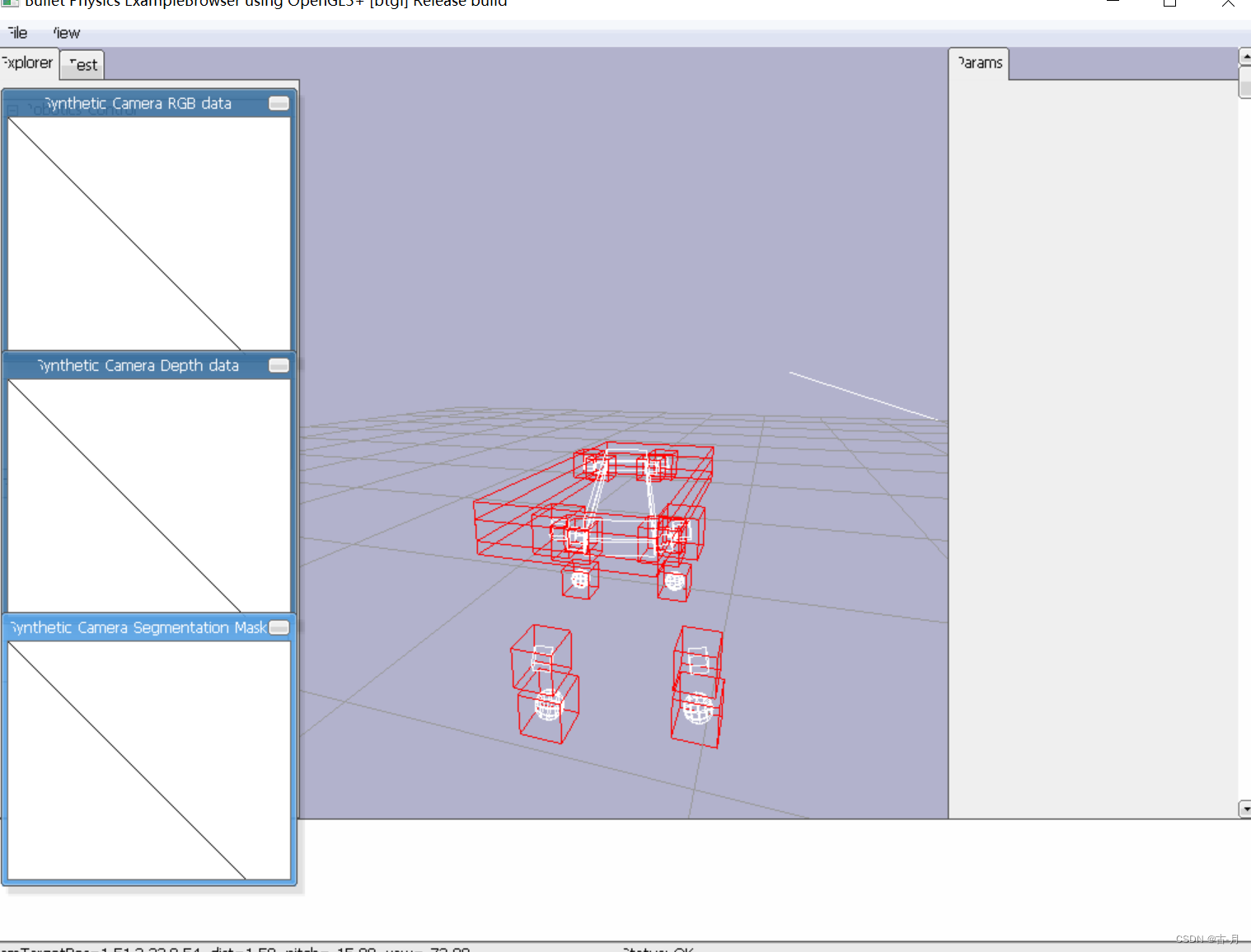 点击四足机器人步态仿真(三)四足机器人基础步态仿真 - 古月居 可查看全文
点击四足机器人步态仿真(三)四足机器人基础步态仿真 - 古月居 可查看全文
